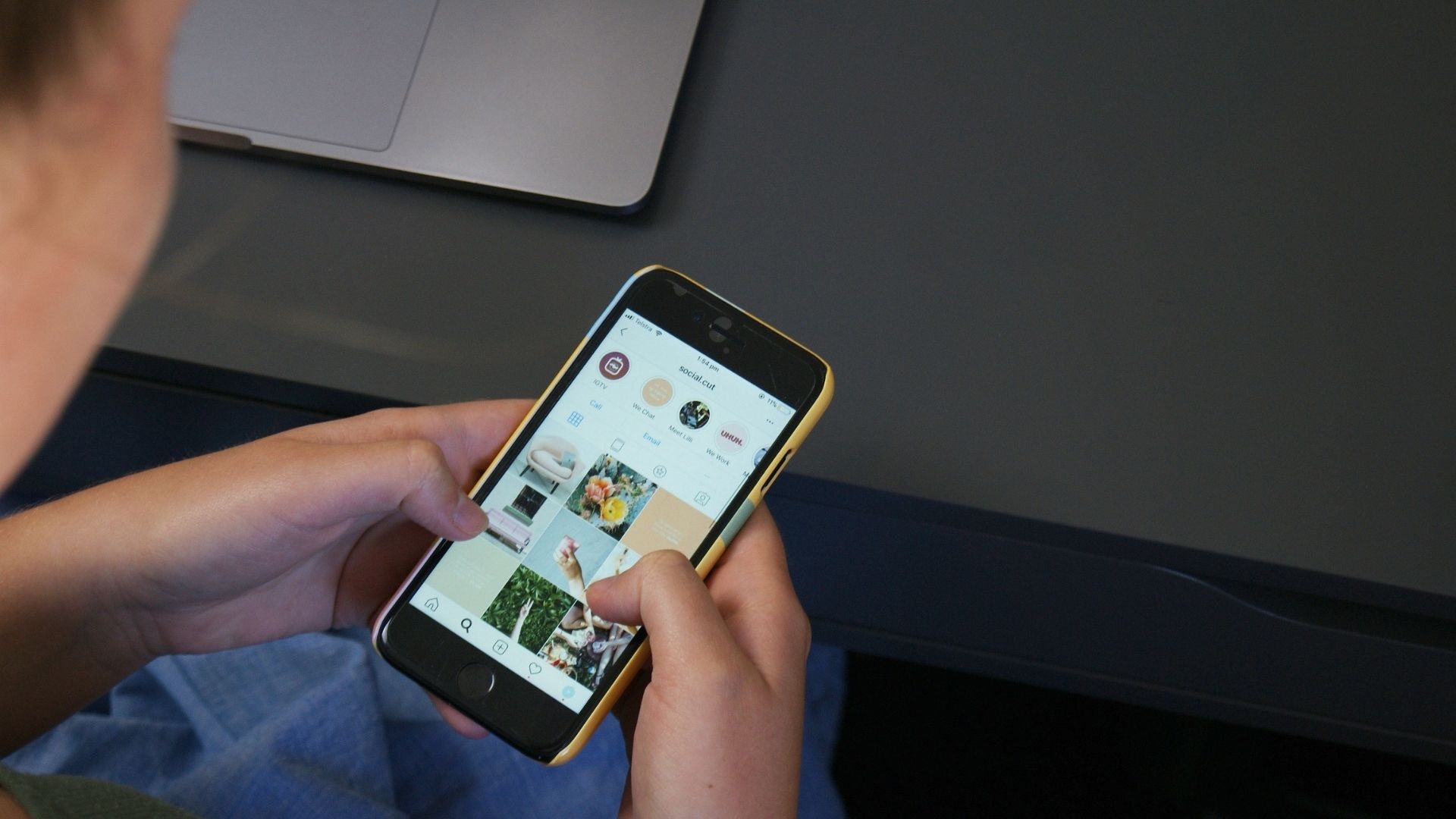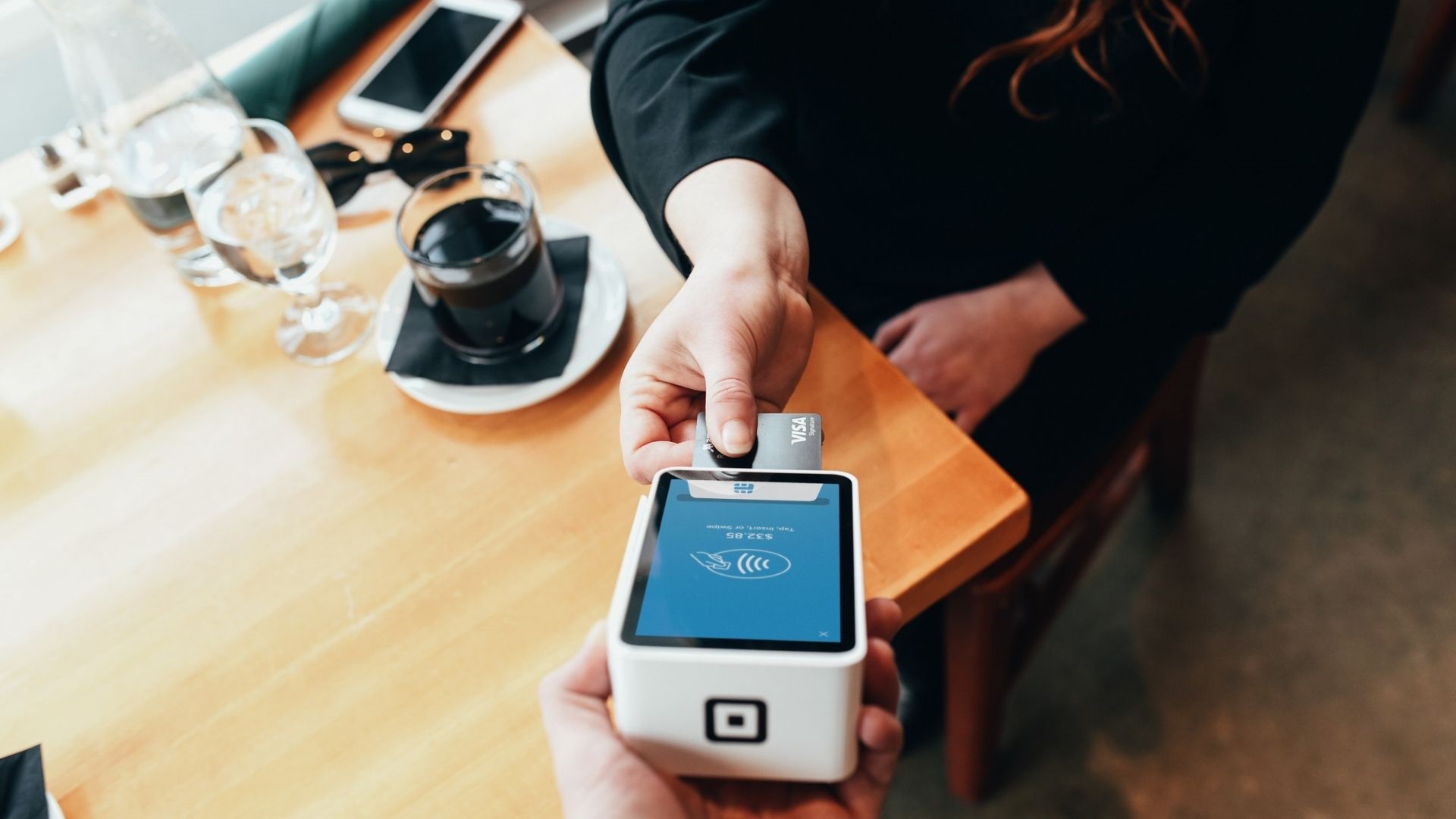What every American traveler should know before their solo first trip abroad
Heading abroad solo for the first time? Don’t miss our handy checklist of things to sort beforehand
As the Shakespeare saying goes: the world is your oyster. But many Americans don’t take advantage of the opportunity to explore the community and culture beyond their own. In fact, 40 percent of Americans have never left the country and 11 percent haven’t even ventured outside of the state they were born in, according to a recent study by OnePoll and Victorinox. And on top of that, about half of Americans don’t have a valid passport (some countries allow for travel without a passport, thus the statistical discrepancy).
While there is plenty to explore in our own beautiful and vast country, traveling internationally allows for a new perspective, away from all that’s familiar. Doing so allows us to expand our world views and better understand our lifestyle back at home.
Read more: Grown-up life goals that are totally overrated
Some theorize that Americans are more focused on saving up for things than experiences, or they’re working toward achieving goals at home before traveling abroad as a reward. But some simply haven’t done so because the opportunity hasn’t come up – or they fear a world outside of what they already know.
No matter what the reason, taking a trip outside of the US is guaranteed to be a life-changing experience – whether it’s on a small scale, like taking in a smell or sight you haven’t experienced before, or on a larger scale, like pushing yourself outside of your comfort zone to discover what you’re truly capable of.
One thing’s for sure: there’s no need to wait around to take that first vacation abroad since you can do it on your own. Here’s your guide to taking your first international trip. Simply check these ten items off, and you’ll be ready to explore the world solo.
Get a valid passport

While booking an international trip can be last minute, getting the proper documentation can take much longer. The average processing time for an official US passport through the State Department is six to eight weeks, so leave plenty of time before you head to the airport. Expedited passports still require two to three weeks (or if you’re able to snag an appointment at an official passport agency, it can cut that time down to eight days).
Read more: Things all Americans can learn from Europe’s work-life balance
First-time applicants need to fill out the DS-11 form and pay the $110 application fee, plus $35 execution fee. Also required: A two-square-inch photo (note the rules: no hats, glasses, or big smiles), which can be taken at many drug stores like Walgreens or CVS, office stores like the UPS Store or FedEx, or retailers like Costco. While some apps also allow you to create your own (but someone else has to take your photo for you, since no selfies are allowed), the photo must be printed on photo-quality glossy paper.
Also just announced this week, FedEx has teamed up with RushMyPassport to offer expedited passport services at their locations across the country.
Find out the entry requirements and fees

U.S. citizens can currently travel to 183 countries visa-free, according to the Henley Passport Index, released this week. But even so, there may be certain requirements (like limited lengths of stays), so it’s best to check the destination on the official State Department travel site.
For instance, France requires one blank passport page, plus three months of passport validity beyond the day of departure, Thailand requires six months of validity past the day you enter, and Indonesia requires proof of onward travel.
Read more: US city escapes you only need a three-day weekend for
For those that do require visas, often they are available via web application (like for India and Turkey)—and can be approved quickly, but leave time for processing to be safe.
Visa requirements change often, so be sure to check the specifics for your travel dates. For instance, the process for a Brazilian visa used to require a visit to the embassy, but the country is now visa-free for Americans, as of June 17, 2019. And while Europe will continue to be visa-free, starting in 2021, Americans will need to register through the European Travel Information and Authorization System for €7 for entry to certain countries.
Register with the State Department

As a precautionary step, US travelers should also register with the State Department’s STEP (Smart Traveler Enrollment Program) before leaving the country, especially when traveling alone so that if anything does happen, the US can account for all of its citizens. You’ll also receive any alerts that may arise for the country you’re in during your travels.
Read more: How to quit your job gracefully
The site also provides specific tips for certain groups, like women and LGBTI travelers, and those participating in certain types of activities, like adventure travel. Remember that reading through these tips isn’t meant to scare you, but merely to ensure you’re educated on potential issues so that you can tackle them quickly if they do arise. When you’re on your own, the more information you have, the less time you have to spend on problem-solving on the go.
See if immunizations are required

While traveling solo, the top priority should always be your health. On top of that, certain countries have scanners as you enter to detect if you have a high temperature. And others may even not allow you in without certain vaccinations.
For instance, Panama and Myanmar require yellow fever vaccinations if you’ve traveled through certain other countries. Polio vaccinations may be required and malaria recommended for other countries as well.
The WHO (World Health Organization) provides the latest information for each country, but a quick chat with your primary care physician may be the best way to see what’s needed for you. In most cases, insurance will cover the vaccinations since they’re preventative.
Check your cell phone plan

Disconnecting is part of the allure of traveling, but when traveling alone, often you’ll need your phone for crucial navigation. A common first-timer surprise for Americans traveling abroad is: “Wow, my phone works here!” But then the bigger surprise comes when they arrive home and get a cell bill for hundreds of dollars.
Just because your phone works abroad doesn’t mean that it’s cheap. In fact, for the most part, they will charge by the megabyte, which quickly adds up. So before getting on the plane, check with your provider for the exact plan for the country you’re visiting.
Read more: Why it pays to do things that scare you on holiday
Both Verizon and AT&T have international plans that you can purchase for the period you’re abroad. And if you plan to start traveling internationally often, consider T-Mobile since most of its plans cover service in more than 210 countries. The only catch is that the service is only 2G, so it’ll lag—but with patience, you can get the information you need.
The other option is to bring an unlocked phone (you can check if you’re eligible for unlocking here for AT&T, here for Verizon, or here for T-Mobile) and buy a local SIM card. In many countries, you can quickly do this in the arrival terminal of the airport (some, like Nepal, may require a copy of your passport).
Look up your credit card’s regulations

Another common first-timer mistake is charging everything to the credit card—and not realizing there’s a foreign transaction fee added to each purchase on top of the high exchange rate. Frequent travelers may want to invest in an international card which waives those fees, like the Chase Sapphire Reserve or the HSBC Premier World Mastercard.
Read more: 5 ways robots and AI will affect the future of travel
Also important is to add a travel advisory to your credit card so that the company will know you’ll be using it out of the country and not suspend your account for suspicious activity. This also applies to ATM cards.
If you’d rather have foreign currency with you, the airport kiosks tend to offer the worst rates with an additional service charge. Many banks at home will let you order foreign currency if you have an account with them, but it often takes a few days for the cash to arrive, so plan ahead.
Learn a few key phrases

The most essential thing to remember is that you’re a guest in a foreign country, so be ready for adventure and don’t expect things to operate the way they do at home (although sometimes they might). The best way to show respect for the local culture is to learn a few phrases that will show that you understand this dynamic. A simple “hello” and “thank you” can do the trick. Or for the more ambitious, practice in an app like DuoLingo.
Get the right adapter

To power up properly in a foreign country, you’ll also need the proper plugs—both the right shape (the plug type) and voltage. Here in the US, we use Type A and B plugs at 110/120 volts, but most of the rest of the world doesn’t.
Make sure you check what the country you’re traveling to uses, and also see if your devices support the voltage (many countries use 220/240 volts). The small print on your plug will usually show if it the plug supports the range up to 240. If it doesn’t, you’ll need a converter on top of the actual plug.
Adjust to the time zone

Jet lag is more than a myth—and the last thing you want to do while traveling alone is fall asleep on the job. Start adjusting to the time zone you’re traveling to by waking up earlier or staying up late depending on which direction you’re traveling. That will help soften the blow.
The Mayo Clinic also suggests staying hydrated as well as regulating the light exposure you get in order to better adjust.
Research the current news

Is there a local election happening that could affect your travels (perhaps certain sites will close for the day, like the Grand Bazaar in Istanbul did for its recent mayoral election)? Might there be a national holiday in the destination? Or are there any strikes or protests happening
While none of these should affect whether or not you go to a destination, they may affect your agenda. Plus understanding what’s happening in a city will help you gain a better understanding of the heartbeat of another culture.
Images: Flash Pack, Unsplash





